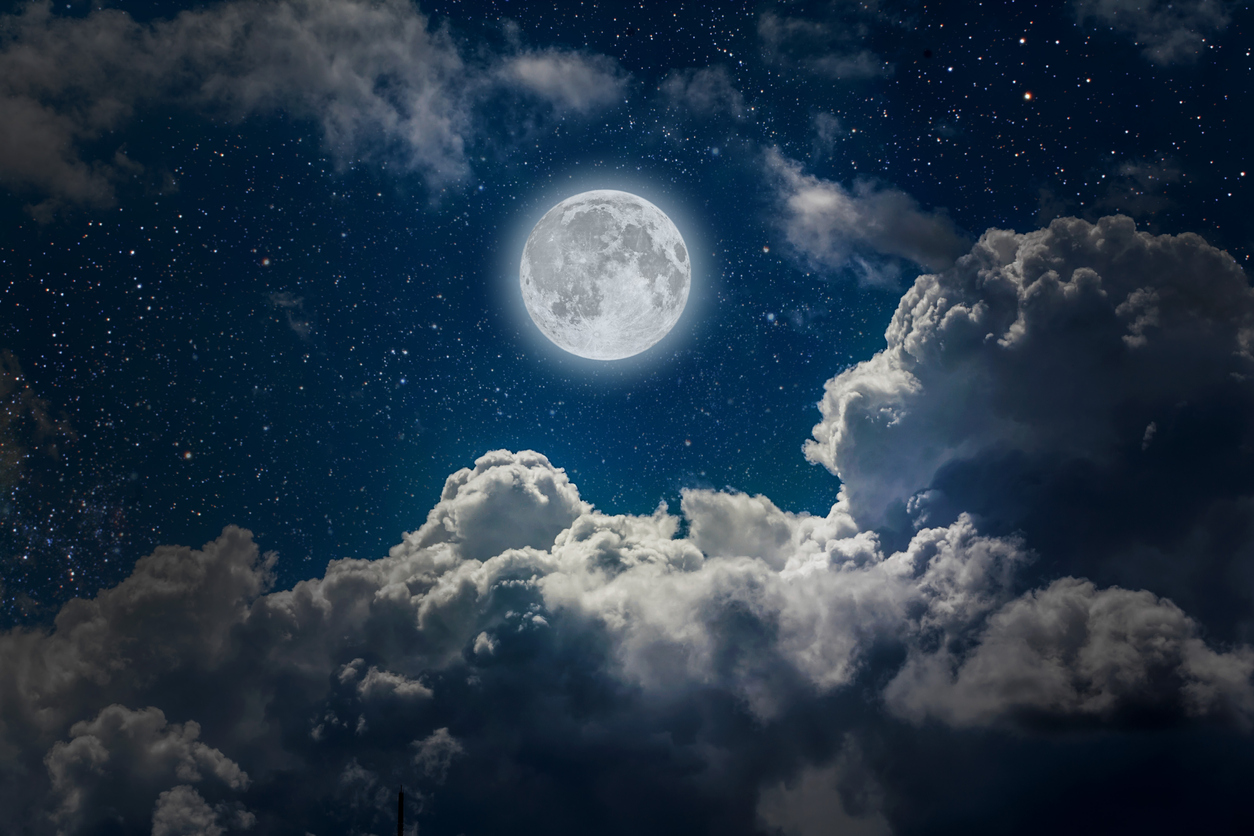
Chandrayaan-2 sends pictures of Moon from altitude of 4,375 km
Indian Space Research Organisation (ISRO) shared pictures of the lunar surface imaged by Terrain Mapping Camera-2 (TMC-2) of Chandrayaan-2. The picture was taken on August 23 at an altitude of about 4,375 km showing Jackson, Mach, Korolev and Mitra craters.

Indian Space Research Organisation (ISRO) shared pictures of the lunar surface imaged by Terrain Mapping Camera-2 (TMC-2) of Chandrayaan-2. The picture was taken on August 23 at an altitude of about 4,375 km showing Jackson, Mach, Korolev and Mitra craters.
“Lunar surface imaged by Terrain Mapping Camera-2 of #Chandrayaan2 on August 23 at an altitude of about 4,375 km showing craters such as Jackson, Mach, Korolev and Mitra (In the name of Prof. Sisir Kumar Mitra),” ISRO tweeted along with the picture.
#ISRO
Lunar surface imaged by Terrain Mapping Camera-2(TMC-2) of #Chandrayaan2 on August 23 at an altitude of about 4375 km showing craters such as Jackson, Mach, Korolev and Mitra (In the name of Prof. Sisir Kumar Mitra)For more images please visit https://t.co/ElNS4qIBvh pic.twitter.com/T31bFh102v
— ISRO (@isro) August 26, 2019
The Mitra crater is named after Prof. Sisir Kumar Mitra, an Indian physicist from Kolkata. Lunar craters are usually named after deceased scientists and other explorer and the assignment of these names is regulated by the International Astronomical Union, which India is a part of.
Earlier, Thursday (August 22) Chandrayaan-2 satellite sent first picture of Moon taken its LI4 Camera from an altitude of about 2,650 km from the lunar surface. “Take a look at the first Moon image captured by #Chandrayaan2 #VikramLander taken at a height of about 2,650 km from Lunar surface on August 21, 2019. Mare Orientale basin and Apollo craters are identified in the picture,” ISRO tweeted along with the picture.
Also Watch: Odyssey to the Moon
The Mare Orientale, shaped like a target ring bulls-eye, is one of the most striking large scale lunar features, located on the Moon’s extreme western edge, and is difficult to see from an earthbound perspective, according to US space agency NASA.
It is said to be over 3 billion years old, about 950 km across and was formed by the impact of an asteroid sized object. Apollo is a large 538 km diameter double-ringed impact crater in the southern hemisphere of the far side, according to NASA.
The ISRO had on August 4 released the first set of images of the earth captured by Chandrayaan-2 satellite. It had on Wednesday performed second lunar bound orbit maneuver for Chandrayaan-2 and said all spacecraft parameters are normal.
There will be three more orbit maneuvers before the lander’s separation from the Orbiter on September 2 and eventual soft landing in the south polar region of the Moon, planned on September 7. India’s Geosynchronous Satellite Launch Vehicle, GSLV MkIII-M1, had successfully launched the 3,840-kg Chandrayaan-2 spacecraft into the earth’s orbit on July 22.


